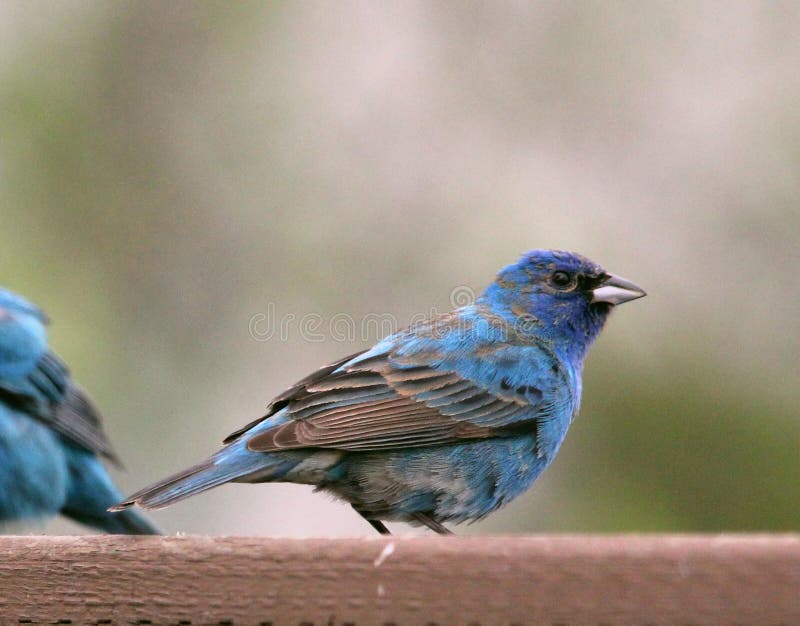

This bird nests in holes, and competes with House Sparrows and European Starlings for nesting sites.ĭuring their fall migration, they can be seen in flocks that like to feed on fruits and berries. It is a migratory bird in the northern part of its range, but can be seen year-round in Florida. However, females also have a blue tail and wing feathers, as well as a rufous-orange chest and flanks. The upperparts of adult females have a more grayish-brown color. Males have a prominent rufous orange chest. The partial orange collar of males creates the impression of having a cap on their head. This coloration also extends into their wings, tail, and the back of their heads. The upperparts of adult males are a rich shade of admiral blue.

The Eastern Bluebird is found throughout north and central Florida, where it is a year-round resident It frequents open woodland habitat, especially with scrub oak populations, and feeds on insects such as ants and beetles, as well as spiders, worms, seeds and fruit.

This blue and white jay can be easily identified by its characteristic undulating flight as it flies from one group of trees to another. The forehead and throat are also gray, as is the belly.

The upperparts of this jay are cerulean blue, except for the gray mantle streaked with brown. This trend is due to widespread habitat loss. The Florida Scrub Jay is unfortunately a rare bird with steadily declining numbers. It winters in Central and South America, and migrates in small flocks during the fall migration. This blue bird is a strict migrant, and is only found in Florida during the summer. This blue bird is most commonly seen at backyard bird feeders in spring, but not in summer, as it switches over from seeds to eating mostly insects during the summer.ĭuring the breeding season, males of this bird can often be observed singing from a treetop perch. The Indigo Bunting is the only entirely blue-colored bird in Florida The Indigo Bunting is relatively common in Florida at forest edges, gardens, and parks, and will readily visit bird feeders that offer seeds. During the summer, the male is almost entirely indigo blue, except for darker brownish wingtips and tail feathers.įemales and juvenile birds are more inconspicuous, with light brown upperparts, and creamy white underparts. The Indigo Bunting is a brightly colored small finch.
#Blue buntings full#
Now let’s dive into the details, and take a closer look at each of these birds in order to get the full scoop: Indigo Bunting Out of these 15 birds, only one species is entirely blue (the Indigo Bunting), while the others are partially blue birds. The 15 types of blue-colored birds found in Florida are: We’ll show you the birds of Florida that are either entirely or partially blue, and will also cover where you can expect to find these birds. To help you identify the bird you saw, we’ll cover all the types of blue birds that can be seen in Florida. 1.2 What are the small blue birds in Florida?ĭid you see a blue-colored bird in Florida? In that case you’ll probably want to know what species you saw.


 0 kommentar(er)
0 kommentar(er)
